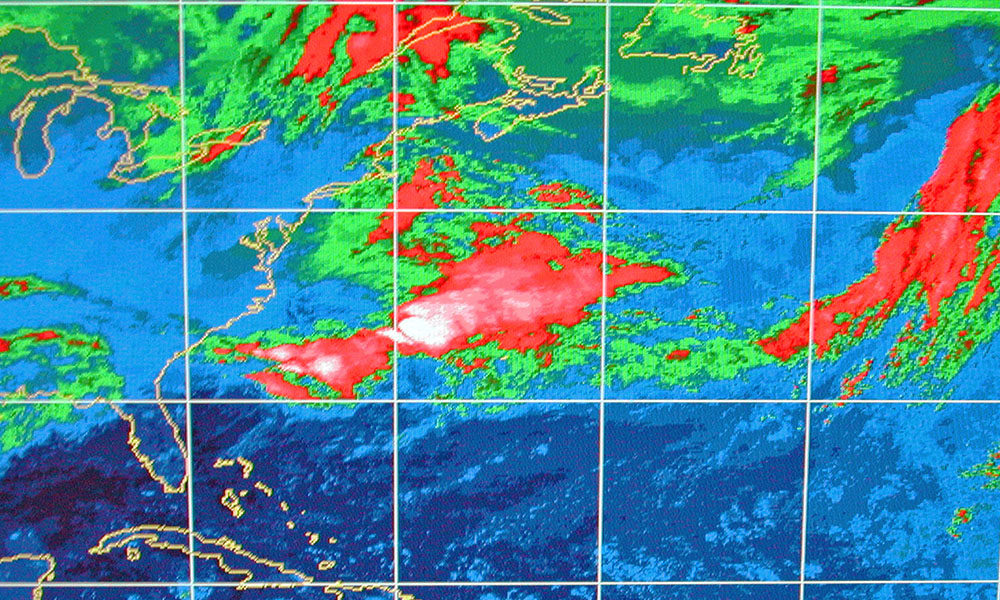Modeling and Data Assimilation
Forecasters rely on sophisticated computer models to provide an estimate of what the weather will look like tomorrow, next week, and beyond. With this information people can plan what to wear, what roads to avoid, or how to prepare for severe weather. Decision makers such as water managers and emergency planners can also use model information to decide what steps should be taken to prepare for extremes, such as water scarcity and floods.
What We Do
PSL's Modeling and Data Assimilation Division advances understanding and predictions of climate and weather using the Unified Forecast System (UFS) — a community-based framework for modeling Earth Systems — across a wide range of timescales.
This includes working with the community of developers that contribute to the UFS, including other NOAA contributors, to improve the forecast model and data assimilation system, as well as developing diagnostic tools and supporting reanalysis/reforecast datasets.
We have a strong focus on “Research to Operations” and work closely with the National Weather Service's National Centers for Environmental Prediction to transition research innovations into operational forecast systems.
Research Activities
Publication Highlights
Integration of emerging data-driven models into the NOAA research to operation pipeline for numerical weather prediction. Sergey Frolov (PSL), et al. Bull. Amer. Meteor. Soc.
Learn more
Updates to NOAA’s Unified Forecast System’s cumulus convection parameterization scheme between GFSv16 and GFSv17. Lisa Bengtsson (PSL) and J. Han Wea. Forecasting.
Learn more





